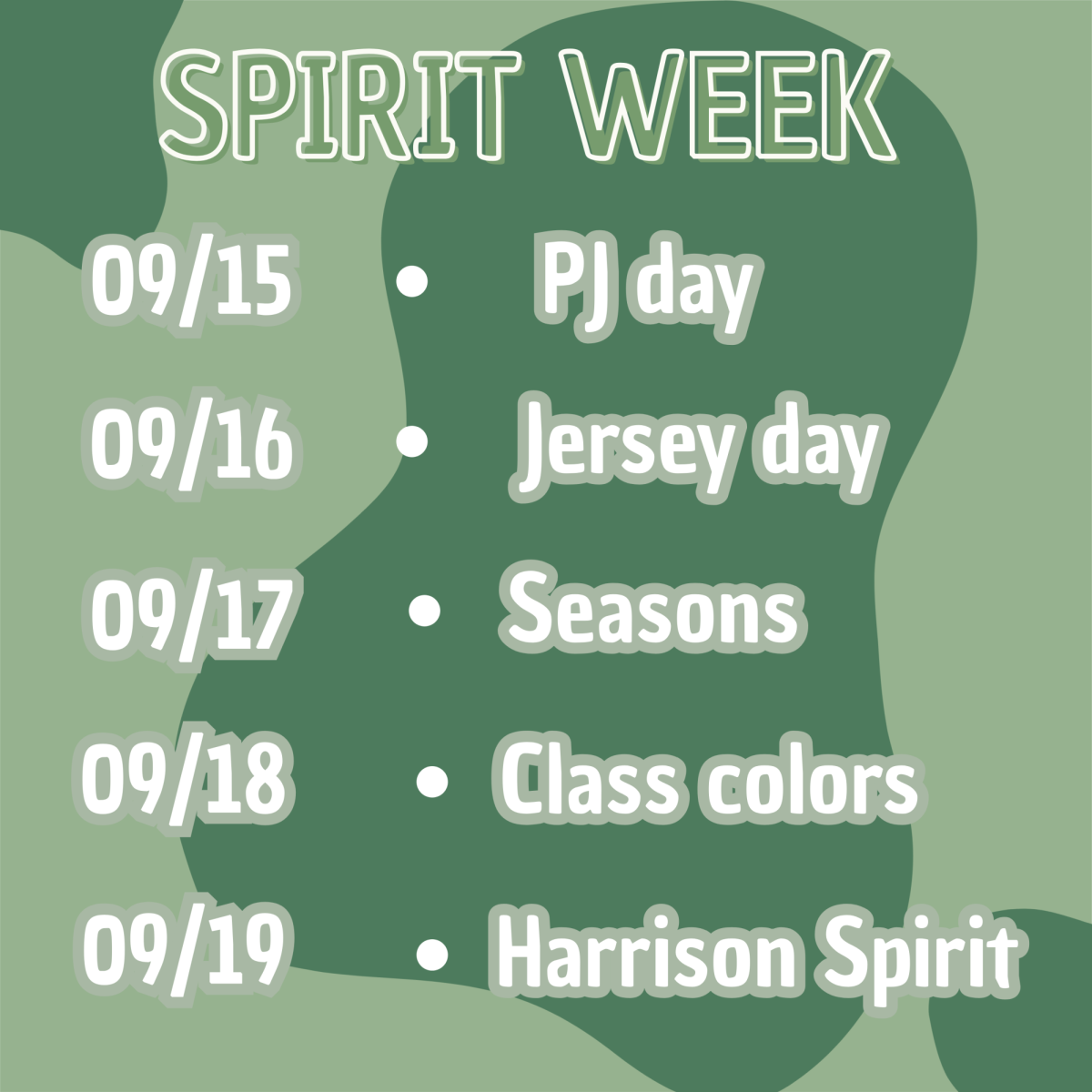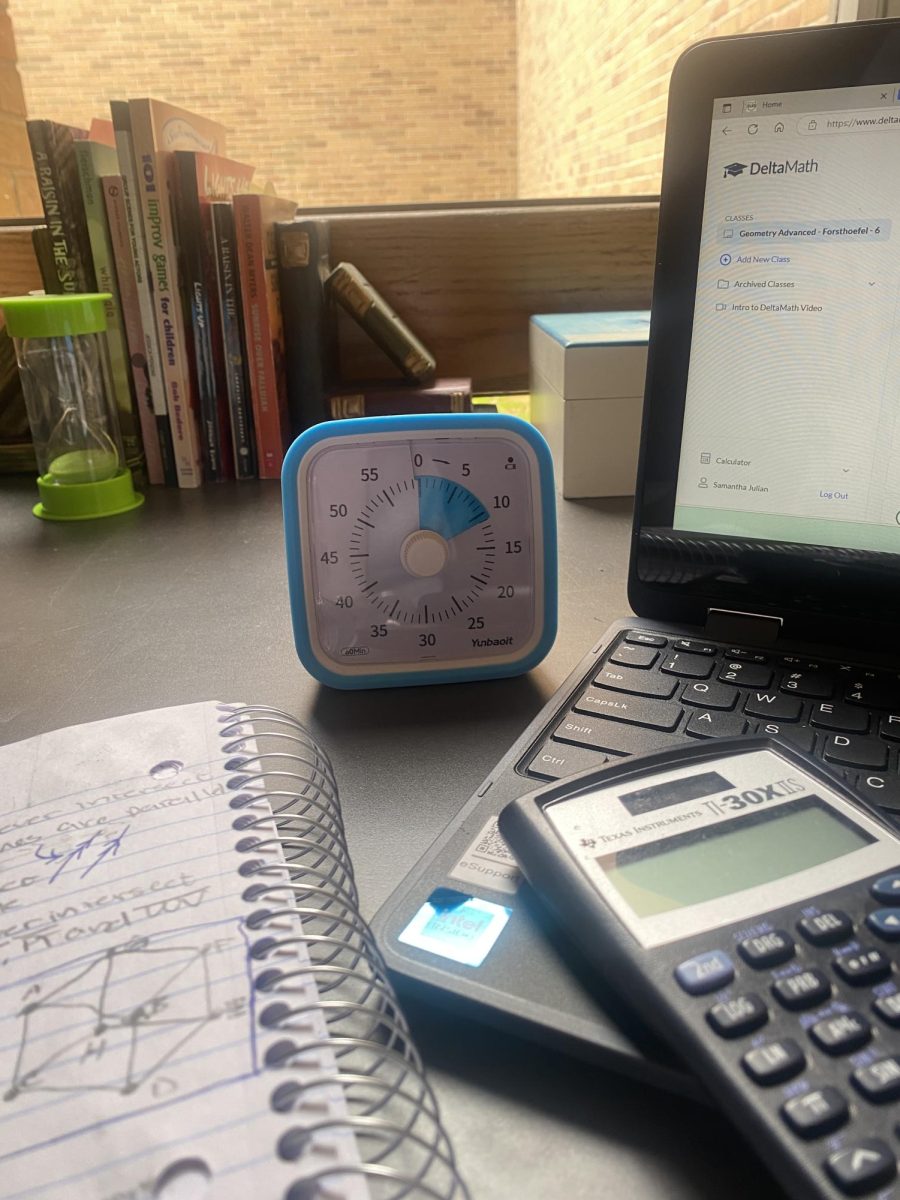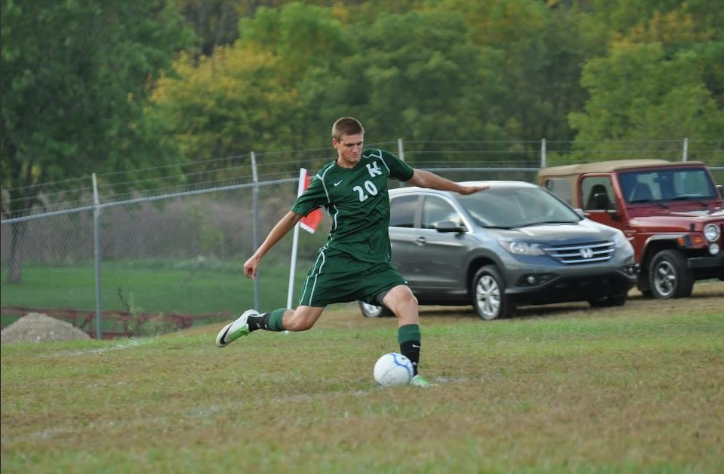Have you ever had an injury? What was it from? How did you prevent it from happening again? At the end of the day many student athletes leave class to gear up in their running shoes or uniforms, never considering that their season could be swiftly ended with an unseen injury. These injuries could be season or event carrier ending and the potential may take all the excitement out of the sport. This being the question: Are the injuries students experience daily worth the thrill of doing the sport?
An article out of John Hopkins University says about 30 million teens participate in a high school sport and almost one-third of the injuries incurring in childhood are sports-related. There are many injuries that can be detrimental: torn ligaments, tendon ruptures, and serious fractures are just some examples. Torn ligaments can be caused by sudden high-impact movements, direct trauma, or repetitive stress. The act of a tearing a ligament can be classified into three grades of intensity. Grade 1 is mild, and it is when the ligament is stretched, but not torn, and the joint remains stable. Grade 2 is moderate, and this involves a partial tear in the ligament, leading to joint looseness, or instability. Lastly is grade 3, which is severe and when the ligament is completely torn or ruptured.
Minor injuries are part of the experience. Simple things like muscle tightness or tension from using a new ligament is expected and can even be welcomed. Although these injuries are uncomfortable, they won’t keep an athlete off the field and can build resilience. However, if students get hurt to the point where they can’t participate, is there really an experience?
There are many ways to prevent injuries from happening. One is maintaining flexibility over the season. Flexibility is essential to make sure you don’t tear or pull a muscle. According to an article by Mount Sinai Hospital it is extremely important to do dynamic stretches before starting any physical activity. “Cold muscles”, that are not worked daily are more prone to be injured. Doing daily stretches can help keep muscles from getting overworked. Stretching muscles also it helps relieve tension and soreness and improve blood flow. It is recommended to stretch at least 20 minutes a day to stay healthy and maintain flexibility.
A senior student from Badin Highschool, Olivia Bryne, tore a muscle in her leg during a dance competition, which effectively ended her season. She said, “I didn’t stretch enough before I went out and it cost me the whole season.” Stretching is key to success for athletes and even though it can be tedious, it is important to avoid injuries like Olivia’s.
While it’s important to take preconscious to avoid physical injuries like torn ligaments, students’ mental health is just as important. Many students have school with 6-hour school days and then go straight to practice with no break in between to even eat a snack. How are students supposed to perform their best when they don’t have nutrition in them and have been thinking non-stop all day? An article by a family physician sates that most people need 1,500 to 2,000 calories a day, but athletes need 500 to 1,000 more calories. Students’ performances are driven by the things they put into bodies, so if students are tired, hungry, or stressed from their day, their execution will be low.
Doing a sport can be fun but also time consuming, students should be allowed to have a couple days’ reset not only for their body but their mind as well. “I love to go to practice but sometimes I get so overstimulated I can’t even enjoy it.”
Burnout is a problem and athletes who have to do complete the same task over and over again without breaks get tired of it. The best thing for coaches and students is to give breaks to help athletes mental and physical health. For some more interesting facts about sport’s injuries check out a previous Paw Print article, “When Student Athletes Get Hurt.”































